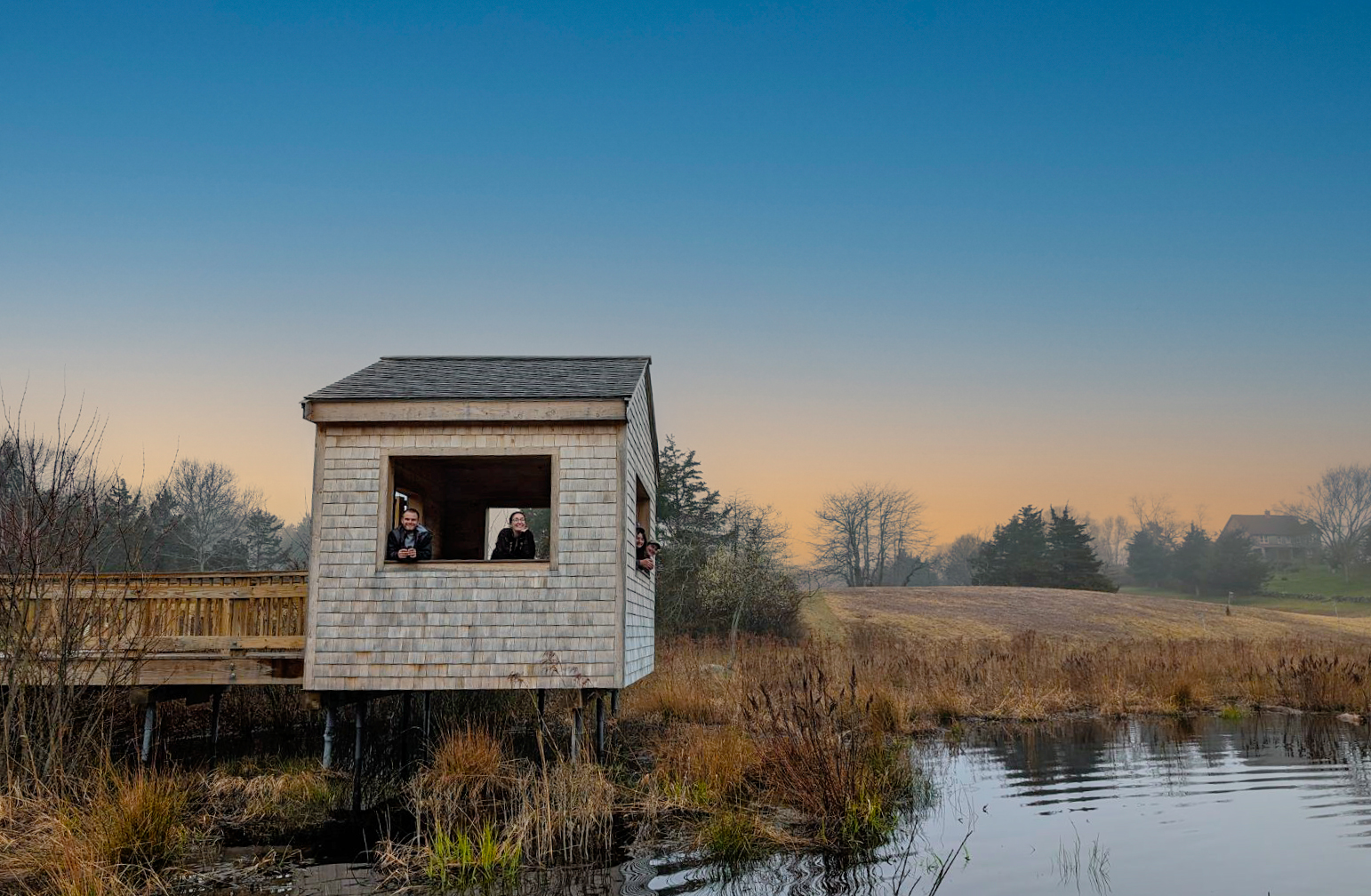In June, Manomet’s Sustainable Economies Program released a new tool that helps land trusts and municipalities decide whether forest carbon offsets can work for them.
The tool can be found in the recently released publication, Are Forest Carbon Offset Projects Feasible for Land Trusts and Communities?. It was created to help urban and community forest owners understand the forest carbon marketplace and how they might use carbon offsets to generate new income.
Authors Julie Beane and Andy Whitman wrote the report to give these landowners an easy way to assess offset opportunities using a simple check list, case studies, and links for where to learn more about forest carbon offsets.
On the surface, forest carbon offsets appear to be a win-win option for landowners, creating revenue by establishing or enhancing tree growth on their property. However, as Beane and Whitman’s article explains, the carbon offset market is complex, making it time consuming and expensive for smaller projects and organizations to participate.
“The carbon marketplace can be complicated and overwhelming, but it can also be an opportunity. We wanted to create a tool that makes it easy for landowners to assess that opportunity and to learn from similar landowners who have made the decision to develop forest carbon offsets,” explained Beane.
One of the most important decisions a landowner has to make is whether to develop a project for the compliance or voluntary market. The compliance market is demanding, requiring strict adherence to specific standards and protocols to ensure that carbon credits are legitimate. This is done through project monitoring and third-party verification, an important but costly requirement.
The article explains four rules of thumb necessary to making a profit in in the compliance market, which are: landowners must be willing to commit to a long-term contract, the land in question cannot be encumbered by an existing easement, the current timber volume of the land should be higher than the regional average, and the forest land under consideration should be greater than 1,500 acres. According to Beane, “these are tough hurdles for most community-based forest owners; very few have been successful selling offsets in the compliance market and those who have are typically larger landholders.”
For small landowners who lack the acreage and resources to make the compliance market a feasible option, the voluntary market may offer a better opportunity, as it allows more flexibility in how a project is developed and landowners can negotiate directly with potential buyers. The report includes case studies of two organizations, including Manomet’s Clear Water Carbon Fund.
“Many community and urban forest land owners wonder whether forest carbon offsets might be used to financially support local forests,” Whitman said. “In some cases offsets make sense, but in other cases they do not. This report is as much about encouraging offset use when it makes sense as it is about discouraging some landowners from wasting their time chasing offsets that won’t work for them.”
Development of the report was supported by a grant from the Orchard Foundation and the USDA Forest Service, as recommended by the National Urban and Community Forestry Advisory Council in 2010. The report built on a more detailed report, Selling Forest Carbon, written by Beane in 2012 and targeted to Northeast forest owners of all sizes.
To learn more about forest carbon offsets, read the full report here or click on the thumbnail.
– Liza LePage





 Back to all
Back to all
